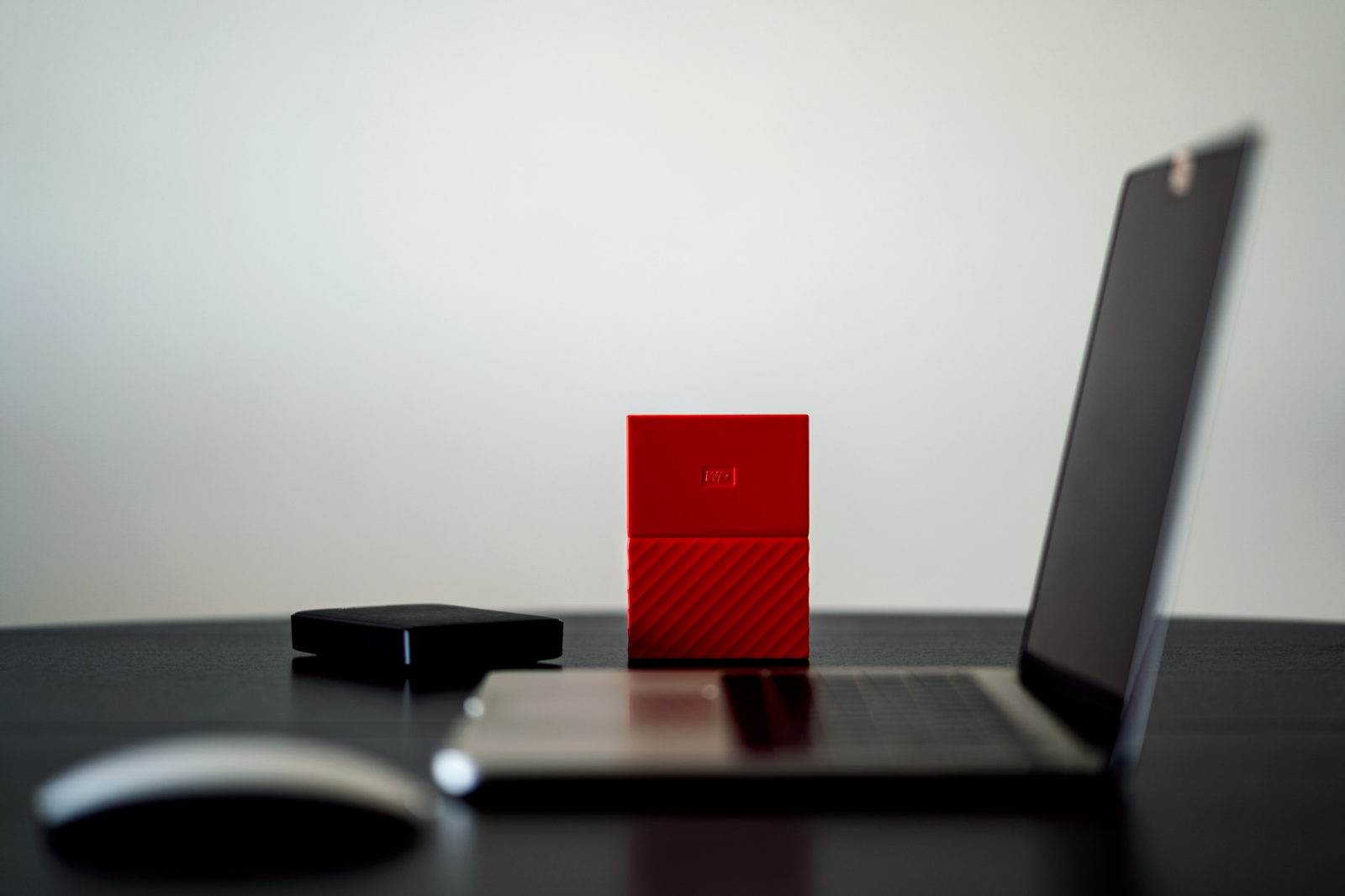Backing up your photos is a very tedious but important task. Everyone has their own method and preferences for how they do this. These are the following methods that I use when backing up all my photos.
Physical Backup
Physical backups would be the most common way the majority of people backup their photos. I definitely recommend having multiple backups of your images. For example, I have all my images saved on an internal HDD, two external HDD’s and also in OneDrive.
Portable hard drives come small and cheap so in terms of expenses, you don’t have to spend much to cover yourself. Depending on which brand of hard drives you get, some have software that automatically backs up your data. A great example of this would be the software that comes with WD’s My Passport drives. This allows you to keep the drive constantly connected and as soon as any changes are made, it will automatically backup your data for you.
I prefer WD for their price, reliability and performance. All hard drives will fail over time but I have WD drives from 9 years ago that are still going strong.

Another option is an SSD (Solid State Drive). These are definitely a pricier option with less storage but have their advantages in terms of reliability and speed.
The simplest way of describing the difference is this. A HDD has physical parts which are the moving as the drive is reading/writing information. Whereas a SSD is made from a flash memory chip so there are no physical parts moving. Because SSD’s are lacking moving components, they are less likely to fail.

For a more detailed comparison between hard disk drives (HDD) and SSD’s (Solid State Drives), please see this article by PC Mag.
Online Backup
The most common form of online backup is cloud storage. There are a lot of options out there, all with their pros and cons. The options can also be different depending on where you live in the world too.
There are many different criteria that people take into consideration when choosing which cloud storage to use. Price is often the factor that people would put at the highest of their list. For me personally, OneDrive meets and exceeds every requirement I have and would be my personal recommendation. I’ll explain why.
The price and value are amazing
I find this is where OneDrive shows its why it’s the best value.
You generally have two options with OneDrive, either the Personal or Home plan. The Personal plan gives you 1TB of cloud storage plus Office 365 for 12 months on a yearly subscription. This is already a great option for individuals as it’s already cheaper than the likes of Dropbox or Google Drive.
Then comes the good part. The Home plan is priced at $129 and comes with a lot more. It gives you a total of 6TB (1TB per person) and each person gets Office 365 as well. This comes at great value and becomes very cheap if shared.

In terms of competition, Dropbox’s cheapest comparable plan which has 2TB of storage comes in at $184.68 which is only valid for one user and has no Office support. Another option would be Google Drive which comes in at $124.99 for 2TB and can be shared with family members. From what I can see, the 2TB is shared and it isn’t like Onedrive where each person gets that amount of storage.
Usability
Like other cloud storage options, you have apps available on both mobile and desktop. If apps aren’t your thing, you can also access your files directly from the OneDrive website.
I personally use OneDrive on both Mac and Windows without any major issues. I know some people have complained online about slow upload speeds which I have experienced before. This seems to be more of an issue when uploading using the website directly, rather than through the shared folder.
My workaround for this is quite simple. If you’re uploading large files, simply drop the file to the shared folder wherever you have it setup. My upload speeds always max out when I use this method then and once it’s complete, I move it to the desired location within Onedrive.
My One Gripe
The apps are also easy to use with one exception I’ve had. I have both my personal (the email my OneDrive is subscription is with) and university email synced to my iPhone. The uni email is through Office 365 and comes with cloud storage as well. This is where the issue comes in. As I use the Outlook mobile app for my emails, it also syncs this uni account to my OneDrive app and makes it the default account.
I’ve deleted the storage account from my Outlook app and signed out of it in OneDrive, but it keeps enabling itself over and over again. Even if I remove my uni email from Outlook, the cloud storage account keeps signing back in. The issue seems to be you can only sign out and not remove the account from OneDrive. I’m not sure if this is simply a limitation of the iOS app or all platforms. It is quite irritating but I’ve now been using a separate app for my uni emails which has been working.
Things to Keep in Mind
There are a few things that you should keep in mind when deciding what method to use for backing up your images.
Failure rates
A few months ago, Backblaze wrote an article on HDD failure rates by storage size and manufacturer. It’s not exactly cut and dry in terms of which brand is best to go with. It really comes down to which storage size you’re after.
If drive failure is something that really concerns you, SSD’s are probably your best bet. Of course no method is one hundred percent safe which is why multiple backups are a must.
Buy Once Cry Once
This is my final and most important point. It may seem like expensive and unnecessary to go out and spend money on items like these, but how much do you value your images and memories?
The saying buy once cry once definitely applies here. If you buy yourself some good quality drives to backup your data, then you shouldn’t have to worry for years to come. There is an exception to everything and in this case, it would be the failure rates. As long as you do your research and pick a drive without high failure rates, you shouldn’t have any concerns.
Thanks for reading and if you have any questions make sure to comment below.
Disclaimer: This post is in no way sponsored and these are my personal recommendations.



Leave a Reply